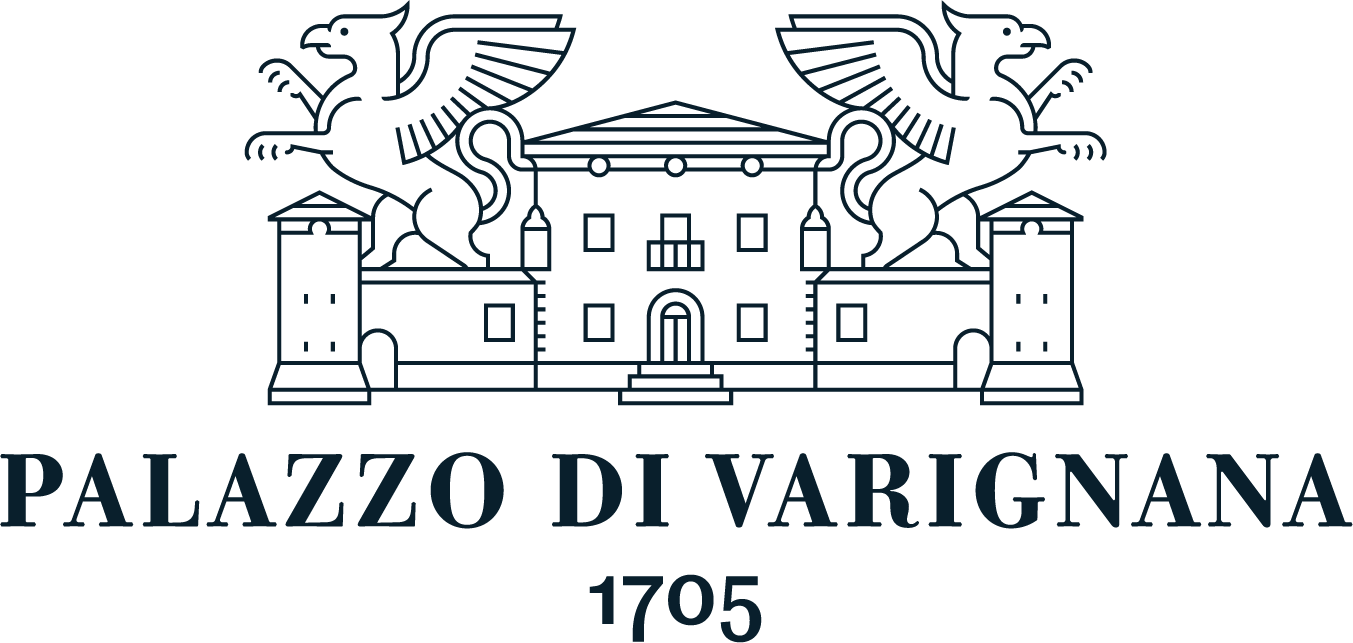When we speak of regenerative tourism, we are not referring to a simple evolution of the concept of sustainability. We are embracing a deeper vision—a new paradigm born from a very real urgency: to give back value to the places that welcome us.
In recent years, sustainable tourism has been an essential milestone. It has taught us to measure our impact, to reduce it, to approach it more consciously. Yet today, in a world marked by climate crises, biodiversity loss, and cultural erosion, it is no longer enough to simply “do no harm.”
We begin with a different question: what positive, tangible, and lasting contributions can we leave behind in the places we visit?
This is the essence of regenerative tourism.
Unlike sustainable tourism, which seeks to minimize negative impacts, regenerative tourism aspires to create positive, enduring change. It is a transformative approach that engages the environment, local communities, and travelers alike—restoring meaning, beauty, and identity to each destination.
The desire to travel more consciously is no longer a niche trend—it is a fast-growing global movement. According to Booking.com (2024), 76% of travelers worldwide want their choices to have a positive impact on the destinations they visit. In Italy, 73% seek authentic, ethical experiences rooted in local culture. The numbers are clear: food and wine tourism grew by +176% in 2024 (ENIT), while nature-based tourism rose by +27% over the past three years. The message is strong: today’s travelers want to be part of something real—to leave a mark and, in turn, be enriched by the experience.
At Palazzo di Varignana, this vision is our guiding compass. Not because it is the easiest path, but because it is the right one. We began by restoring an abandoned hamlet, and today, across more than 650 hectares, a harmonious ecosystem thrives—home to a resort, agricultural estate, private villas, a spa, extensive gardens, and an open-access art collection.
For us, regeneration means cultivating not only biodiversity, but also relationships, culture, and a sense of belonging. We produce extra virgin olive oil from 262 hectares of olive groves, using innovative, low-emission agricultural practices. We invest in renewable energy and promote sustainable mobility. Most importantly, we engage our guests in experiences that nourish both body and spirit: guided tastings, tours of our ornamental gardens, hiking and cycling trails, and cooking classes inspired by the Mediterranean art of longevity.
Our guests are not mere visitors. They become active participants in an ecosystem where hospitality, agriculture, and environmental stewardship come together to create shared value.
Regeneration also means giving back to the local community. 56% of our suppliers are based in Emilia-Romagna, strengthening the regional economy. We collaborate with schools, universities, and cultural institutions.
We believe the future of hospitality lies here: in the ability to create shared well-being, to reconnect people with the land, and to restore the bonds between those who host and those who travel.
Regenerative tourism is our response to a world that seeks meaning, not just comfort.
It is a new pact—rooted in care, respect, and beauty. Where true luxury is no longer excess, but harmony with the landscape and with time.
And we, at Palazzo di Varignana, are proud—and responsible—to write this story every day, together with our guests, our partners, and our team.



